Best Season for Upper Dolpo Trek: Recommendation and Ideal Months
The Upper Dolpo Trek is a remote, culturally rich journey through Nepal's landscapes. Trekkers are attracted to this region for its ancient monasteries and unique Tibetan influence. The trek is demanding due to its remote location and high-altitude passes like Shey La, Jeng La, and Kang La. The remoteness and harsh weather require careful planning.
This guide will help you choose the best season for the Upper Dolpo Trek, considering its climate and weather conditions.
General Climate and Weather Throughout the Year
The climate in the Upper Dolpo Region is harsh and varies significantly throughout the year. The region lies in the rain shadow of the Himalayas, which means it experiences less rainfall than other parts of Nepal. However, this also results in colder and drier conditions. Understanding the Upper Dolpo Trek weather is essential for planning your trip, as the weather directly influences the trek's difficulty.
Winter (December to February): Upper Dolpo experiences freezing temperatures during winter, with heavy snowfall making the trails nearly impassable. The weather is harsh, with temperatures often dropping below freezing, especially at higher altitudes.
Spring (March to May): Spring brings milder temperatures and the blooming of rhododendrons and other alpine flowers. The days are warmer, but nights can still be chilly. The weather is generally stable, making it a favorable time for trekking.
Summer/Monsoon (June to August): The monsoon season brings rain to most of Nepal, but Upper Dolpo, being in the rain shadow, remains relatively dry. However, the lower regions can still experience rain, and the higher passes may be misted. This season is less popular due to potential landslides and leeches in lower areas.
Autumn (September to November): Autumn is the most popular season for trekking in Upper Dolpo. The weather is stable, with clear skies and pleasant temperatures. The landscape is lush from the monsoon rains and spectacular views.
Best Season for Upper Dolpo Trek: A Detailed Breakdown
Choosing the best season for Upper Dolpo Trek depends on your preferences for weather conditions, crowd levels, and the overall trekking experience. Below is a description of the best seasons for the Upper Dolpo Trek, highlighting the pros and cons of each.
Spring (March to May)
Weather Conditions:
Spring in Upper Dolpo is marked by gradually warming temperatures, with daytime temperatures ranging from 10°C to 20°C (50°F to 68°F) at lower altitudes. The weather is generally stable, though occasional snow remains at higher elevations.
Benefits:
- The temperatures are comfortable for trekking, with clear skies and longer daylight hours.
- The region's flora, including rhododendrons, comes to life, adding vibrant colours to the landscape.
- The trails are less crowded than in autumn, offering a more peaceful trekking experience.
Drawbacks:
- Despite the milder days, nights can still be cold, requiring warm gear.
- Higher passes may still have snow, making some sections of the trail challenging.
Summer/Monsoon (June to August)
Weather Conditions:
Due to its location in the rain shadow, Upper Dolpo remains relatively dry during the summer. However, lower altitudes can experience occasional rain, and the higher regions may be misty. Daytime temperatures range from 15°C to 25°C (59°F to 77°F).
Benefits:
- The rain in the lower regions brings the landscape to life, with green valleys and blooming wildflowers.
- Fewer trekkers are on the trails, offering a solitary experience.
- During the summer, many local festivals take place, allowing you to immerse yourself in the region's culture.
Drawbacks:
- The lower, wetter areas can be invaded with leeches, which can be bothersome.
- Although rare in Upper Dolpo, landslides in lower regions can disrupt travel plans.
- The weather can be unpredictable, with cloudy conditions obscuring views at higher altitudes.
Autumn (September to November)
Weather Conditions:
Autumn is the best time to visit Upper Dolpo, with stable weather, clear skies, and moderate temperatures. Daytime temperatures range from 10°C to 20°C (50°F to 68°F), making it ideal for trekking.
Benefits:
- The weather is generally stable, with clear skies and pleasant temperatures, offering stunning mountain views.
- The landscape is lush and green, thanks to the monsoon rains, enhancing the scenic beauty of the trek.
- The Upper Dolpo trek conditions are near-perfect, with dry trails and comfortable temperatures.
Drawbacks:
- Autumn is Nepal's peak trekking season, so you may encounter more trekkers on the trails.
- As the season progresses, nighttime temperatures drop, especially at higher altitudes, requiring adequate warm clothing.
Winter (December to February)
Weather Conditions:
Winter in Upper Dolpo is characterized by freezing temperatures, heavy snowfall, and short daylight hours. Daytime temperatures can drop below freezing, especially at higher elevations.
Benefits:
- A peaceful journey offering an authentic wilderness experience with minimal trail crowds.
- The snow-covered landscape is breathtaking, creating a serene and peaceful atmosphere.
Drawbacks:
- The cold can be challenging, with temperatures dropping below -10°C (14°F) at higher altitudes.
- Heavy snowfall can block passes and make trails impassable, limiting access to certain areas.
- Many teahouses and lodges may close during winter, reducing accommodation options.
Recommended Season for Upper Dolpo Trek
The best season for the Upper Dolpo Trek is autumn (September to November). During this time, the weather is stable, the skies are clear, and the trails are dry, providing ideal trekking conditions.
The post-monsoon freshness enhances the landscape, making it the perfect time for photography and enjoying the region's natural beauty. While spring is also a good option, autumn remains the top choice due to its consistent weather and vibrant scenery.
However, considering the difficulty of the Upper Dolpo Trek, it is essential to prepare for challenging terrain and high altitudes, regardless of the season.
Given the trek's challenging terrain and high altitudes, you must be well-prepared, regardless of your chosen season. For more information on the best trekking routes, see our post on the Best Dolpo Treks in Nepal.
Tips for Trekking in Different Seasons: What to Pack for Each Season
Spring Packing List:
- Lightweight layers are needed for daytime, and warmer clothing is required for cold nights.
- Waterproof jacket and pants, as the weather can be unpredictable.
- Sun protection, including sunglasses, sunscreen, and a hat.
- Trekking poles for stability on potentially snowy trails.
Summer/Monsoon Packing List:
- Light, breathable clothing for warmer temperatures.
- Waterproof gear, including a poncho or rain jacket.
- Anti-leech socks or insect repellent for lower-altitude sections.
- Sturdy, waterproof trekking boots.
Autumn Packing List:
- Layers to adjust to varying temperatures throughout the day.
- Warm clothing for cold nights, especially at higher elevations.
- A good-quality down jacket.
- Camera or smartphone for capturing the vibrant post-monsoon landscape.
Winter Packing List:
- Thermal base layers and heavy-duty insulation for extreme cold.
- A high-quality sleeping bag rated for sub-zero temperatures.
- Crampons or micro spikes for icy trails.
- Extra batteries for electronic devices, as cold weather drains power faster.
Recommended Read:
Equipment for Trekking in Nepal
Sum Up
Trekking in Upper Dolpo is a unique experience, offering breathtaking landscapes and a deep connection with Nepal's rich culture. While each season has its charm, autumn (September to November) is the best season for the Upper Dolpo Trek, providing the most stable weather and ideal trekking conditions. Whether you choose to trek in the vibrant spring, the lush monsoon, the clear autumn, or the serene winter, proper preparation and packing are essential for a safe and enjoyable journey.
Explore Our Packages for the Dolpo Region Trek

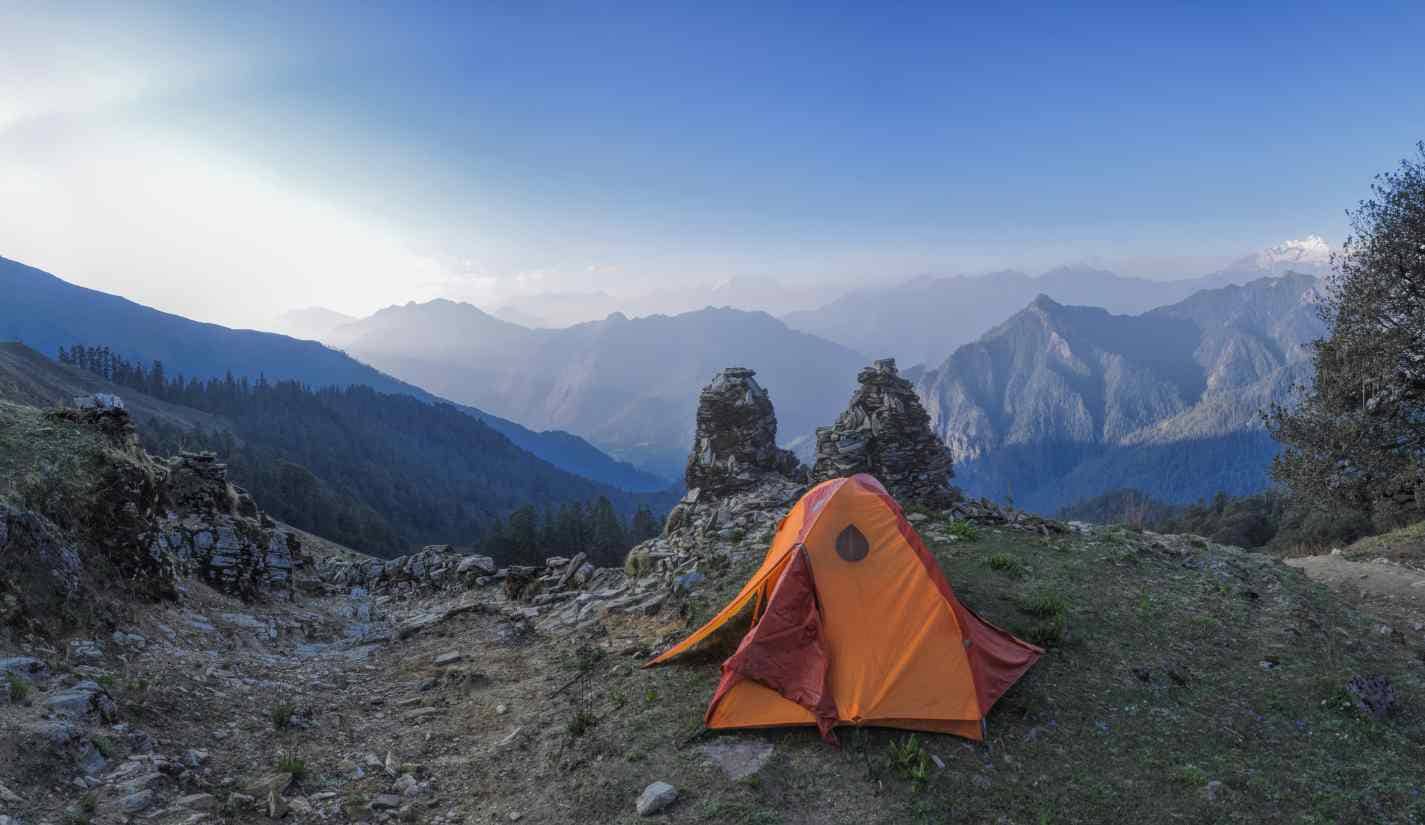
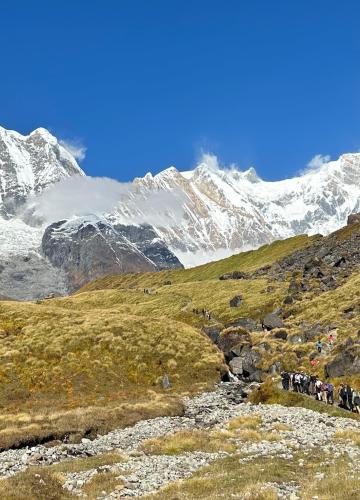
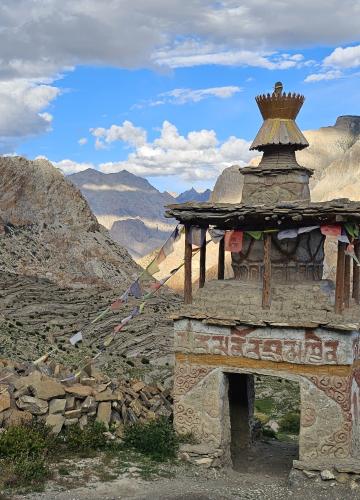
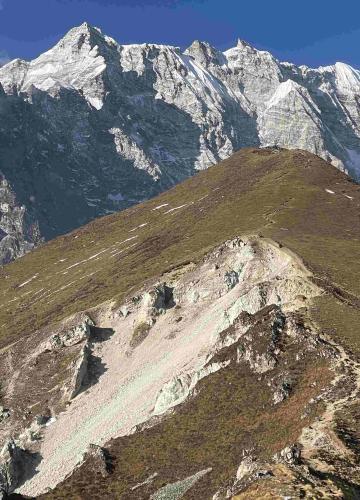
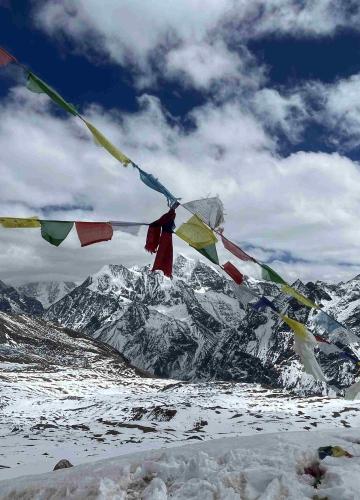
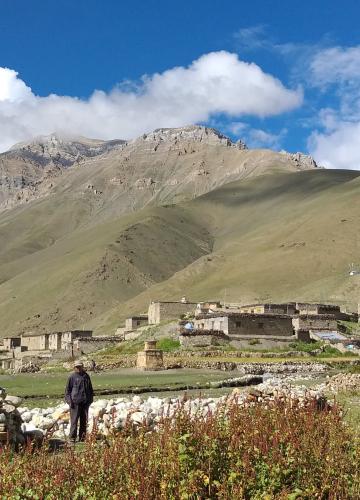

Leave Your Comment